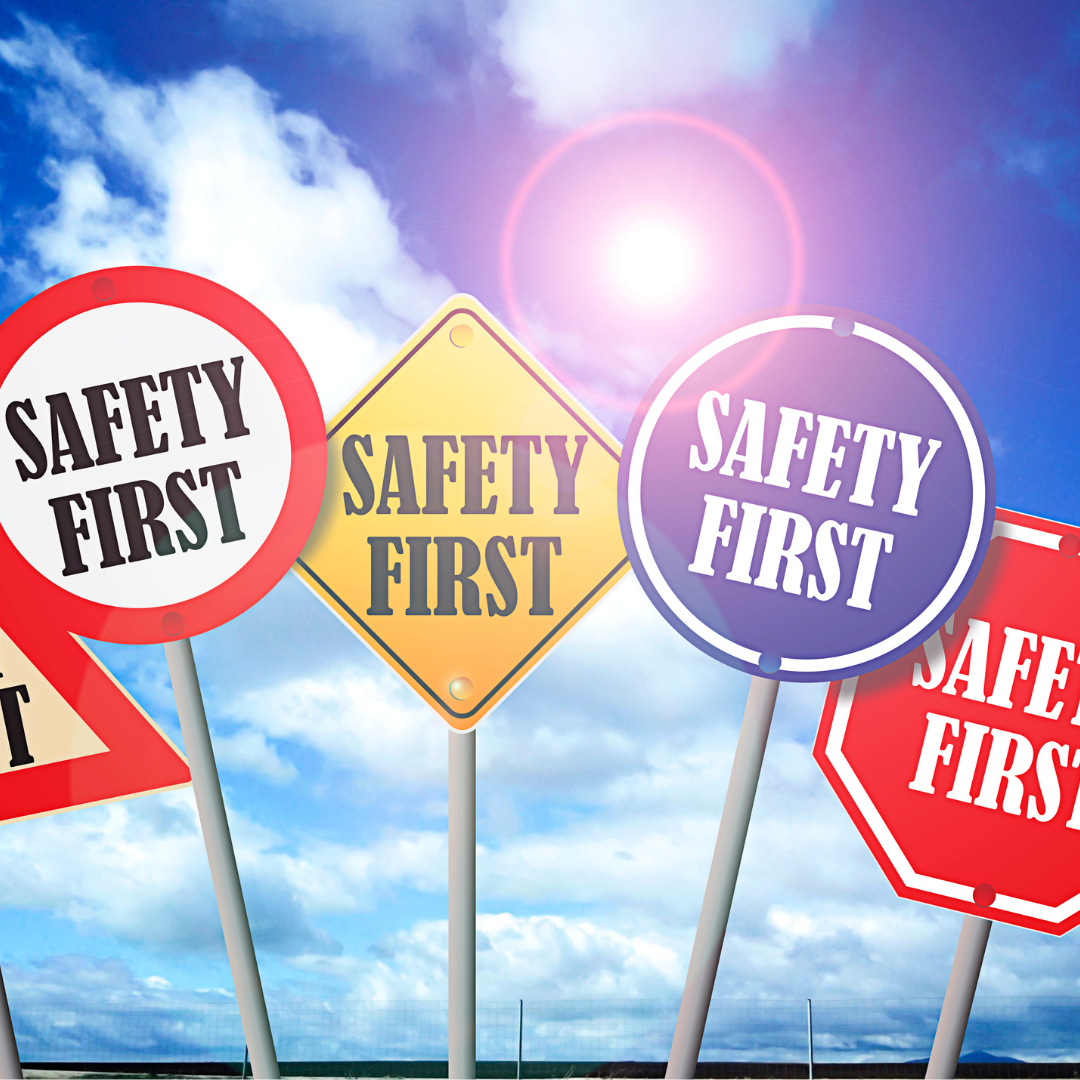As paddlers, we’re drawn to the dynamic beauty of Wales’ rivers, from the tumbling rapids of the Dee to the tranquil stretches of the Wye. But with increasing rainfall and unpredictable weather patterns, flooding and high water events are becoming more frequent and more dangerous. Whether you're a seasoned whitewater kayaker or a weekend SUP enthusiast, understanding the risks and knowing how to respond is essential.
Why High Water Is a Serious Risk
Flooded rivers can look deceptively inviting. But beneath the surface lies a host of hazards:
- Fast currents that can overpower even experienced paddlers.
- Cold water shock, which can incapacitate you within seconds.
- Hidden debris, including branches, fencing, and submerged obstacles.
- Contaminants, such as sewage, agricultural runoff, and industrial waste.
Even ankle-deep floodwater can knock you off your feet. On rivers, the force multiplies, making rescue difficult and increasing the risk of drowning.
Before You Paddle: Check Conditions
Always check river levels and flood warnings before heading out:
- Natural Resources Wales Flood Warnings
- https://flood-warning-information.service.gov.uk/river-and-sea-levels
- https://www.riverapp.net
- https://www.farsondigitalwatercams.com
- Dwr Cymru storm over flow map for up to date releases.
If the water is rising, discoloured, and moving faster than usual, don’t paddle.
On the Water and Bankside: Safety First
If you do paddle during high water, take extra precautions:
- Always wear your helmet and buoyancy aid when bankside, especially near fast-moving water or slippery terrain. Falls and unexpected slips are common during high water, and a helmet can prevent serious injury.
- Avoid paddling alone and always let someone know your route and expected return time.
- Monitor weather and water conditions continuously, abandon the activity if conditions worsen.
Health Hazards and Hygiene
Floodwater often contains harmful bacteria and pollutants. To reduce health risks:
- Wash thoroughly after paddling.
- Cover cuts and use antibacterial wipes before eating.
Biosecurity and Environmental Protection
High water can spread invasive species and damage fragile habitats. Follow the “Check, Clean, Dry” protocol and use washdown stations where available.
Reporting and Resources
- Natural Resources Wales: 0300 065 3000
- Canal and River Trust/Glandŵr Cymru: 0303 040 4040
- Paddle UK: For access and safety incidents
Flooding isn’t just a seasonal inconvenience; it’s a growing safety challenge. By staying informed, respecting the water, and paddling responsibly, we can protect ourselves, our communities, and the rivers we love.
CONTACT THE MEDIA TEAM
If you have a story that would be of interest to the Paddle Cymru team please get in touch using the online contact form linked below or get in contact using one of our social feeds.
SIGN UP TO CEUFAD MAGAZINE
Ceufad is our quarterly magazine, covering everything that's important in Welsh paddlesport.









